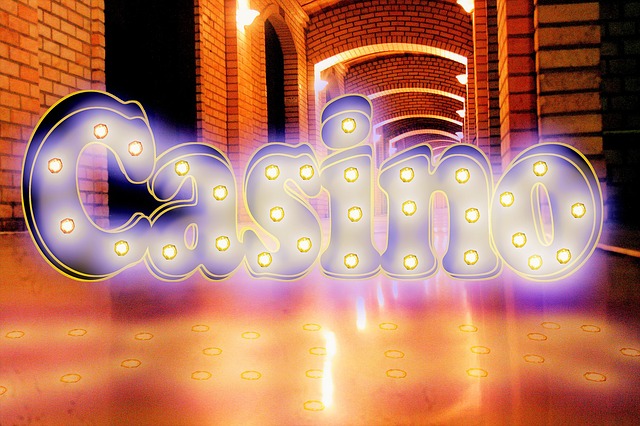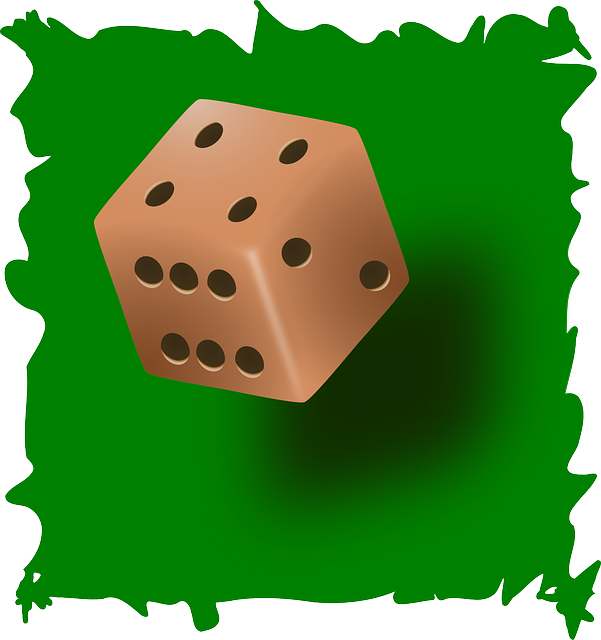Gridz
Think the chances your opponent will call are too great in relation to the pot odds you are getting. You should if you think your opponent will fold often enough for a bluff to show a profit. If there is $100 in the pot, you should make a $20 bluff if you think your opponent will fold more than once in six times. If there is $60 in the pot, you must assume your opponent will fold more than once in four times before you try to bluff. If there is $ 140 in the pot, your opponent needs to fold more than once in eight times.

When all the cards are out, you obviously can no longer semi-bluff. You have either made your hand or you haven’t. So all bluffs on the end are pure bluffs. They are bets or raises that you do not expect to win if you are called. When you are sitting there knowing you have the worst hand, knowing you cannot win by checking, knowing you cannot win by calling your opponent’s bet, the only question is whether or not to try to bluff.
But, of course, the larger the pot, the better pot odds your opponent is getting to call your bet and the more likely it is he will call with any kind of a fair hand. Accurate assessment of your chances of pulling off a bluff comes, like so many advanced poker plays, only with experience. You must first be able to read hands. You are obviously not going to bluff out an opponent with a lock or any sort of big hand. In general, the weaker you think your opponent’s hand is, the higher the chances your bluff will succeed.

